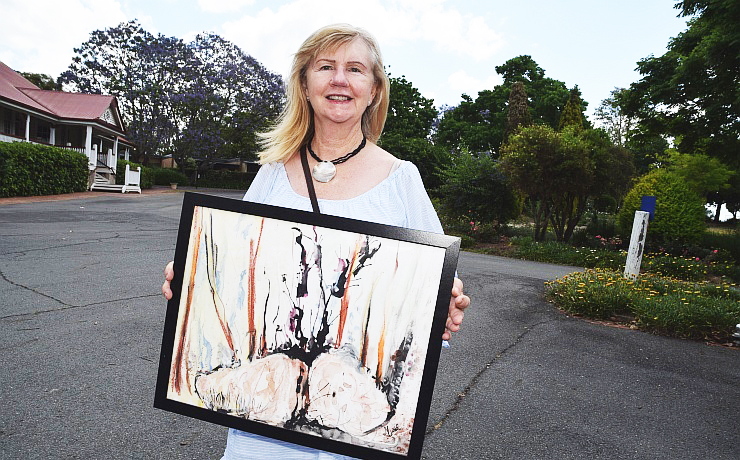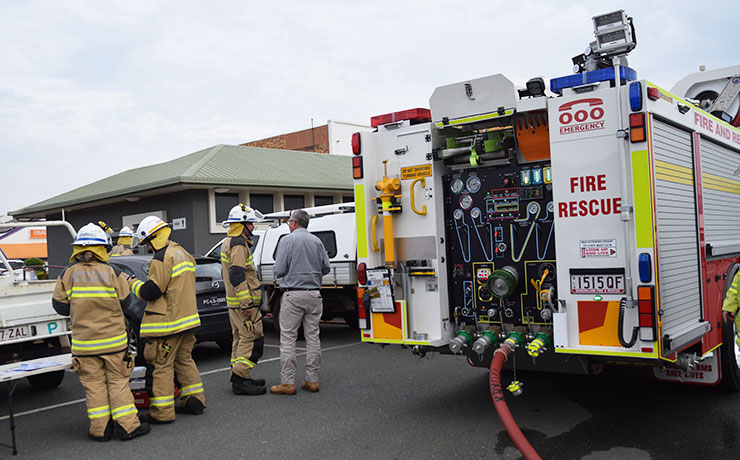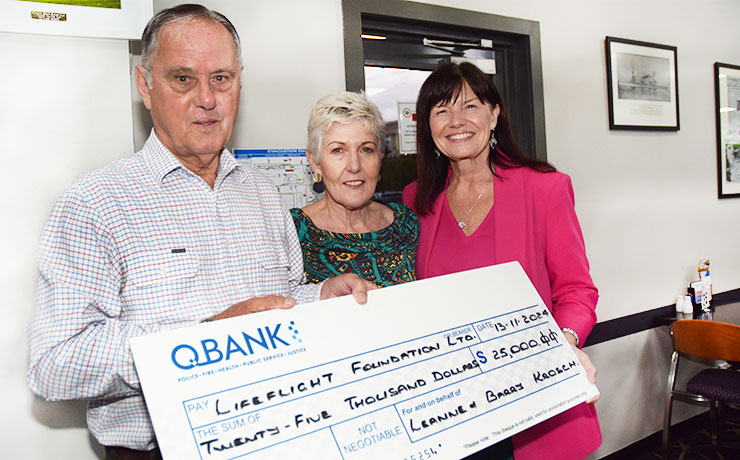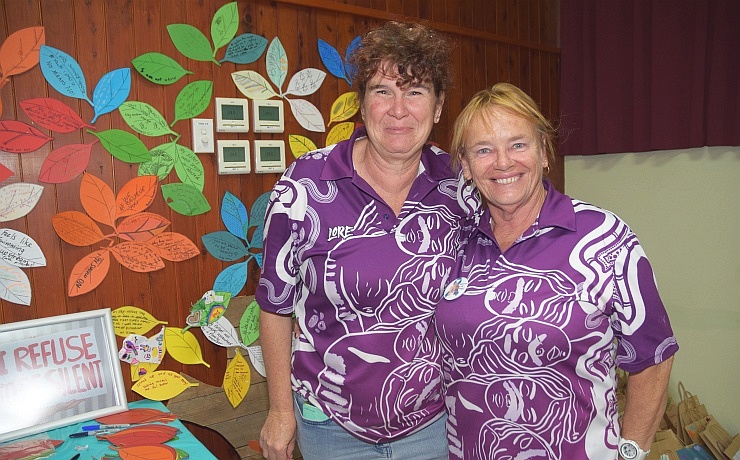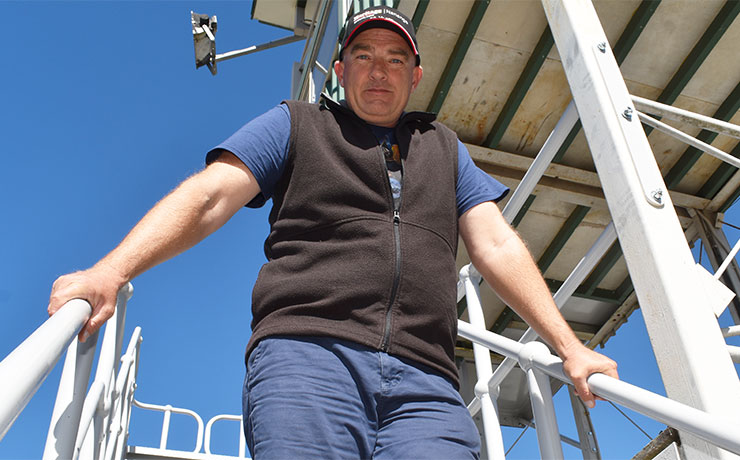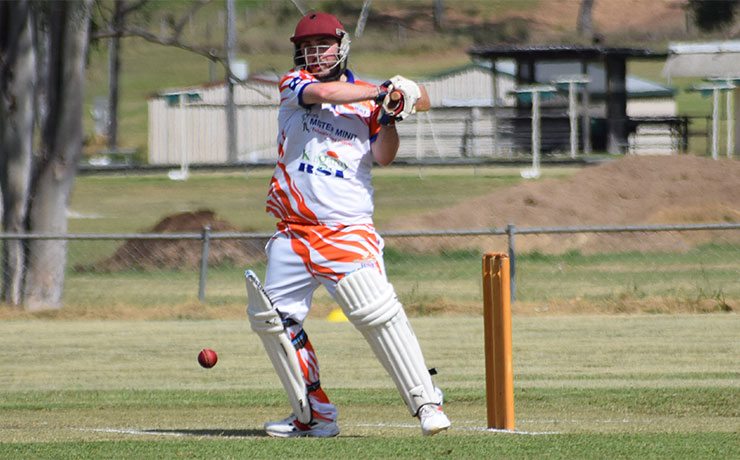
Australian banks are urging customers to be wary of who they send money to online, as the incidence of romance fraud rises.
“Unfortunately we are seeing more and more Australians falling victim to online romance scams,” Australian Bankers’ Association Chief Executive Steven Münchenberg said.
“Because of the emotive nature of this scam, it can be difficult to recognise the difference between a scammer and a genuine person. That’s why we have put together some common scam stories (see video below) to help raise red flags for anyone in a similar situation.
“Bank customers need to be aware of how widespread this type of crime is. Scammers are experts in social engineering and are very convincing in preying on people’s emotions to defraud them.
“It is important to guard your personal and financial details and seek advice from loved ones before sending any money. Please also contact your bank immediately if you think you have given confidential details to a scammer,” he said.
* * *
The Australian Competition and Consumer Commission says $45 million has been reported lost in Australia to scams so far this year and 45,000 complaints made.
“Scammers are becoming increasingly sophisticated in their attempts to get your money or personal details. Scams succeed because they look like the real thing and catch you off guard when you’re not expecting it,” ACCC Acting Chair Delia Rickard said.
“Scams target people of all backgrounds, ages and income levels across Australia. There’s no one group of people who are more likely to become a victim of a scam and all of us may be vulnerable to a scam at some time.”
According to the ACCC’s 2014 Targeting scams report:
- Australians lost almost $28 million to dating and romance scams in 2014, up more than 10 per cent on the previous year.
- For the second year running, more money was lost to romance scams than any other type of scam.
- The average reported loss from these scams was more than $27,000, with around one-third of victims reporting losses over $10,000.
- The majority of the victims were from NSW (reported loss $9 million) followed by Victoria ($7 million), Queensland ($6 million), Western Australia ($2 million), Australian Capital Territory ($1 million), then South Australia, Tasmania and Northern Territory with each reporting a loss of under $1 million respectively.
- 53 per cent of victims were female and 47 per cent male, with the most affected age group 45-64.
External link: New Scamwatch website (launched today)












